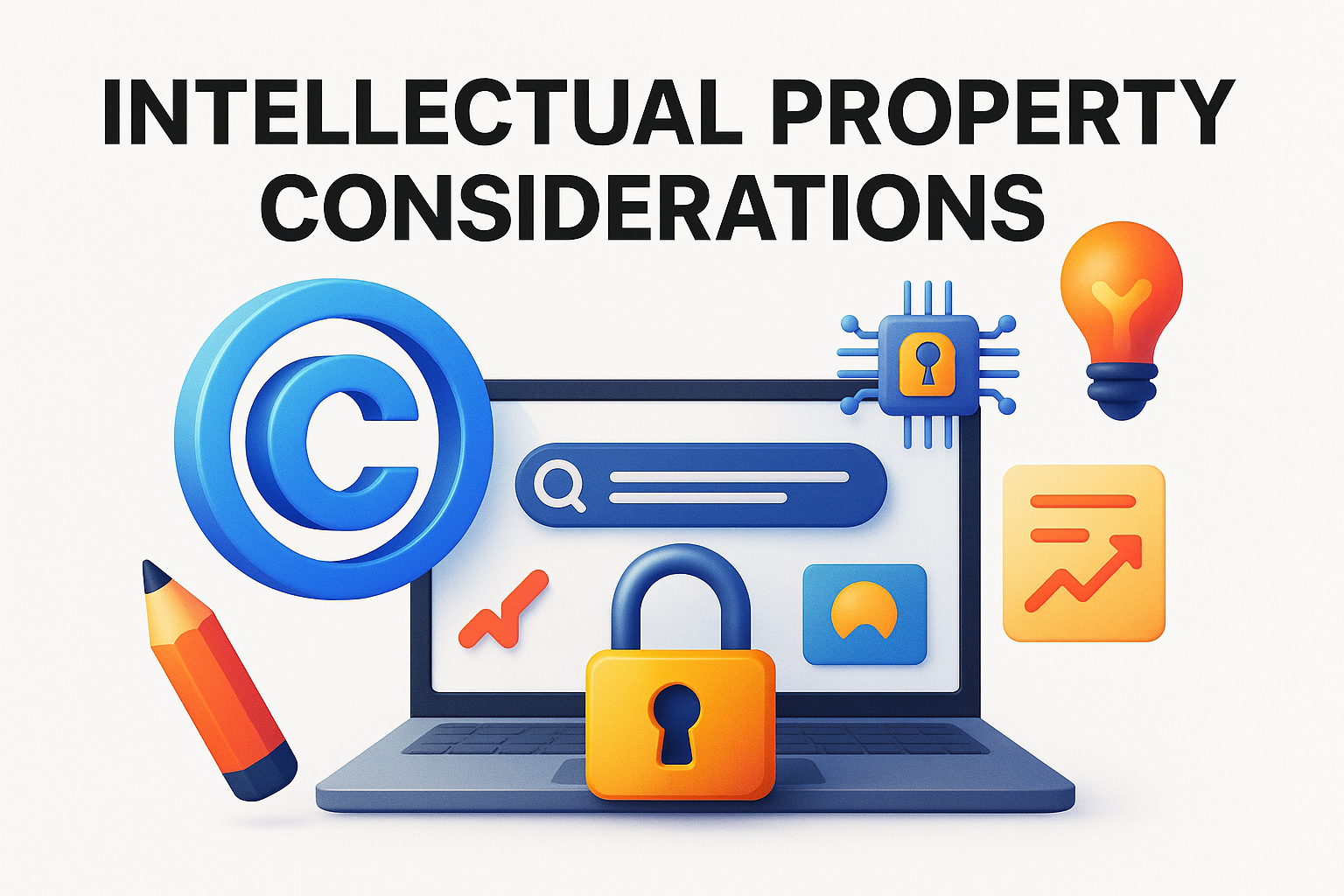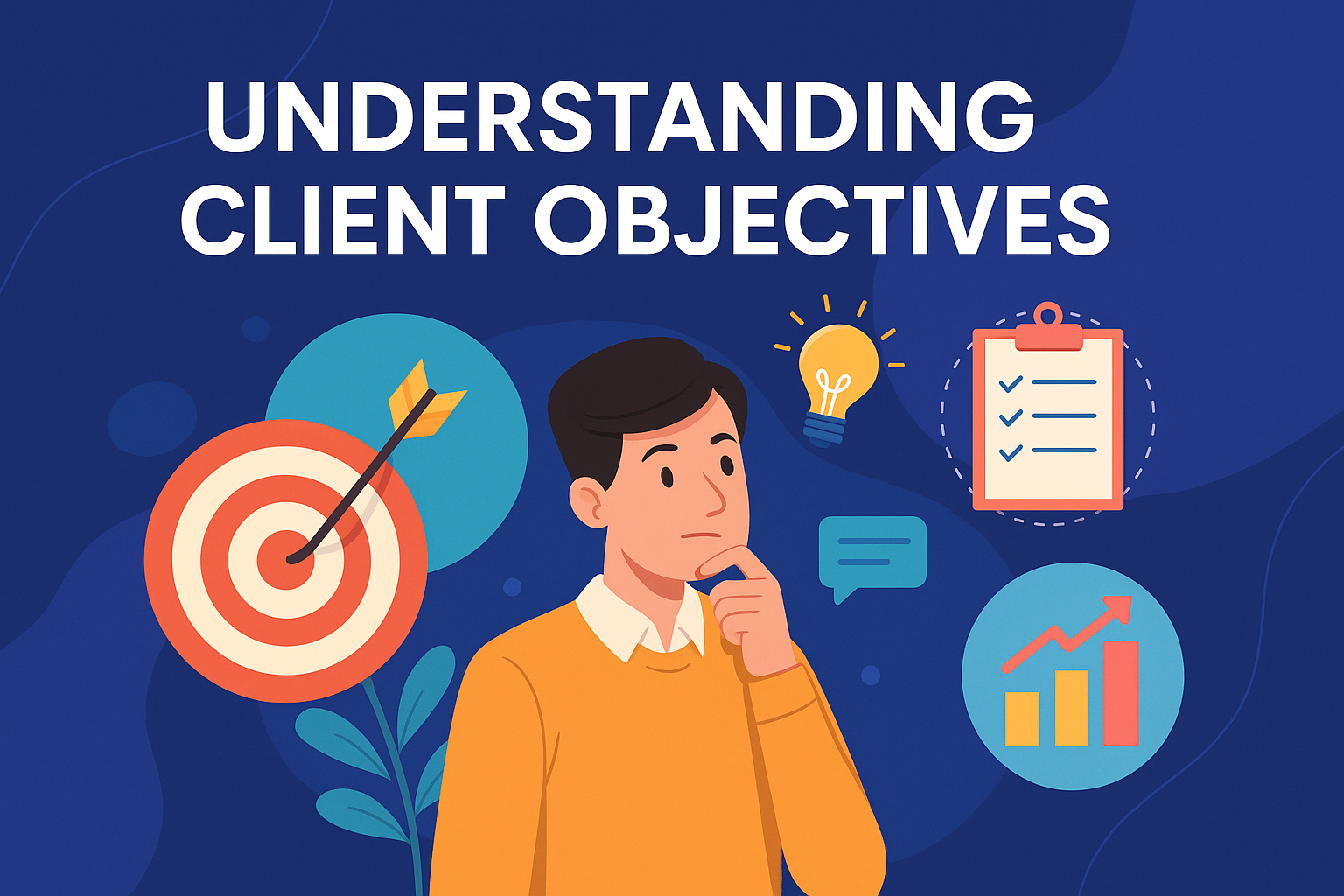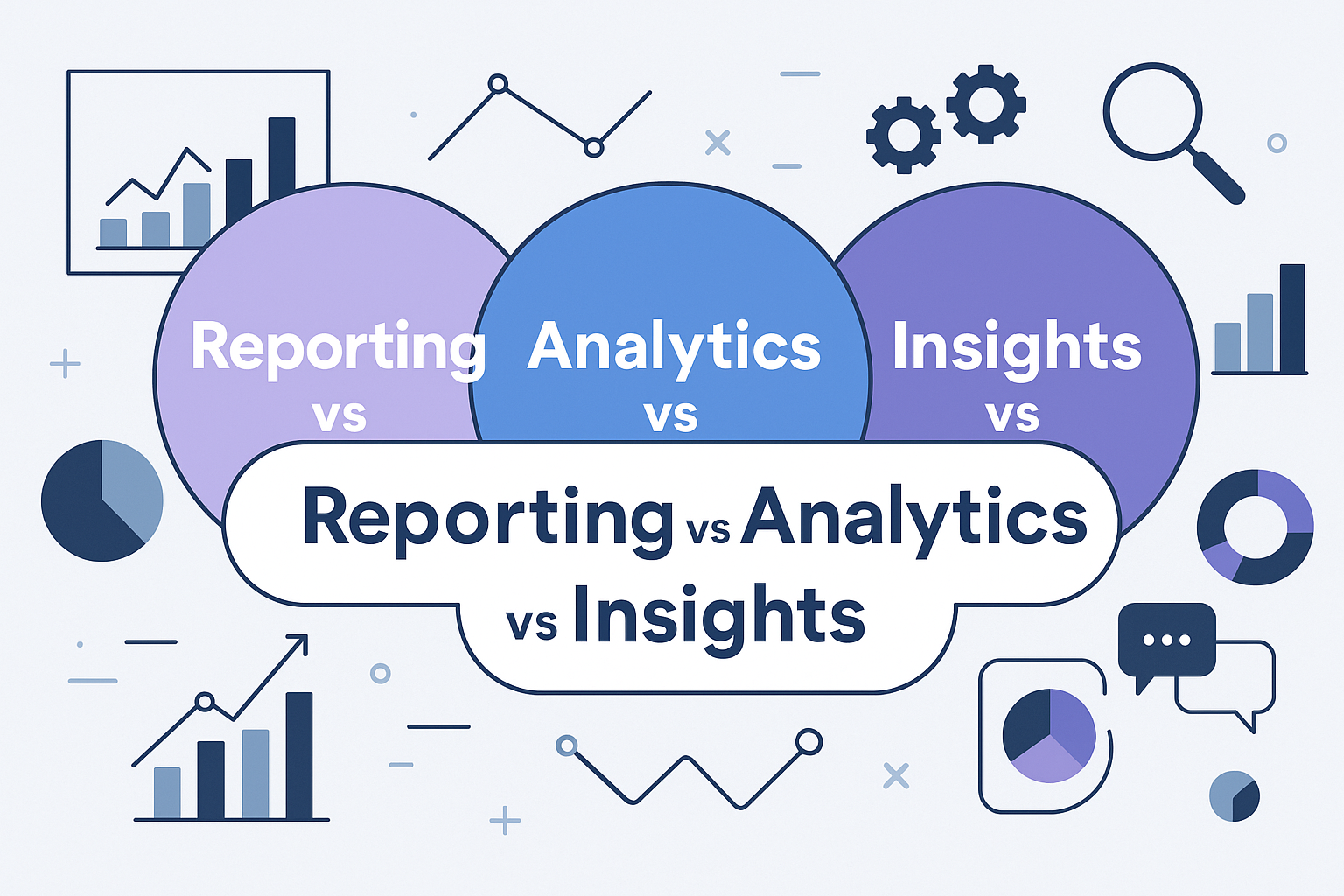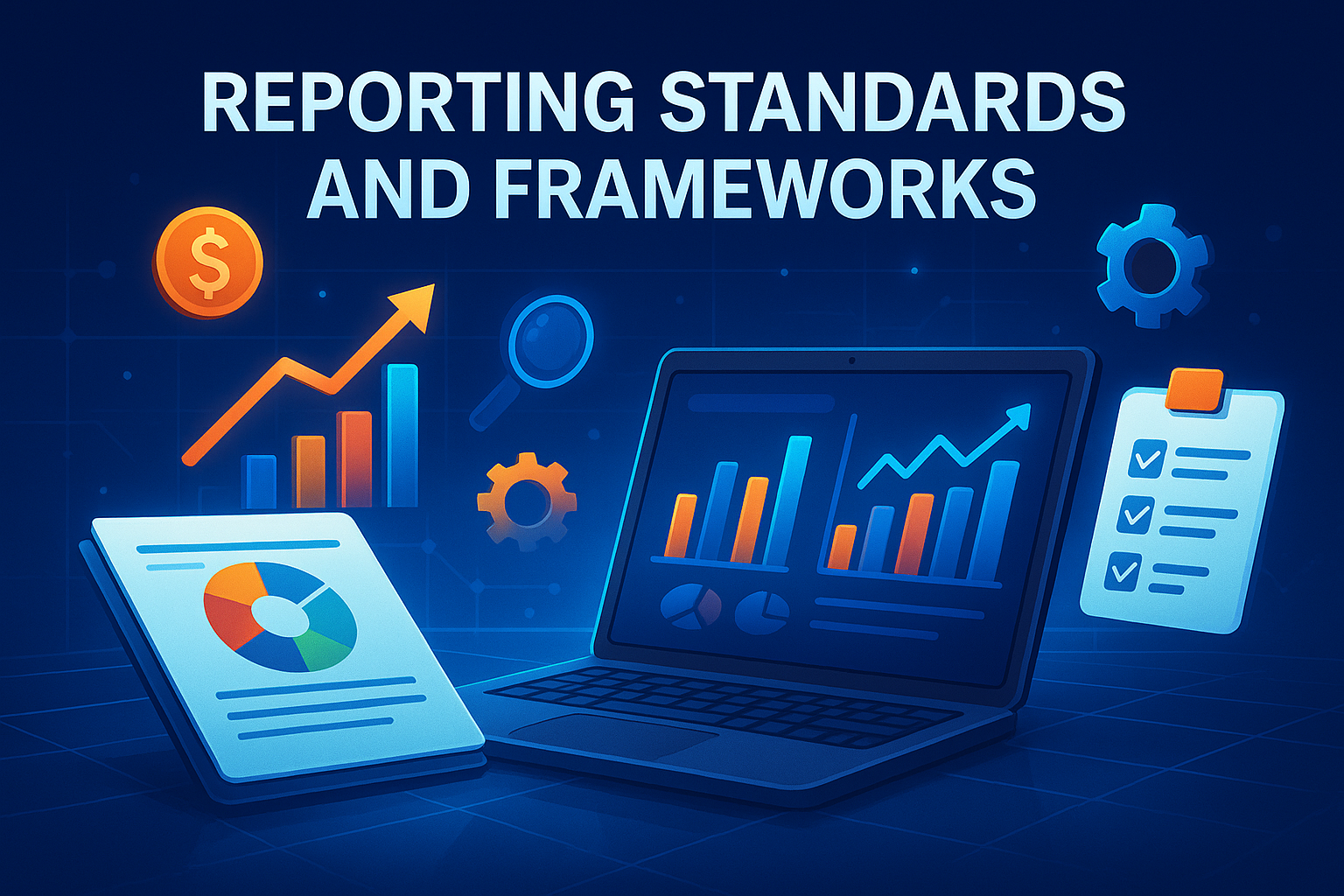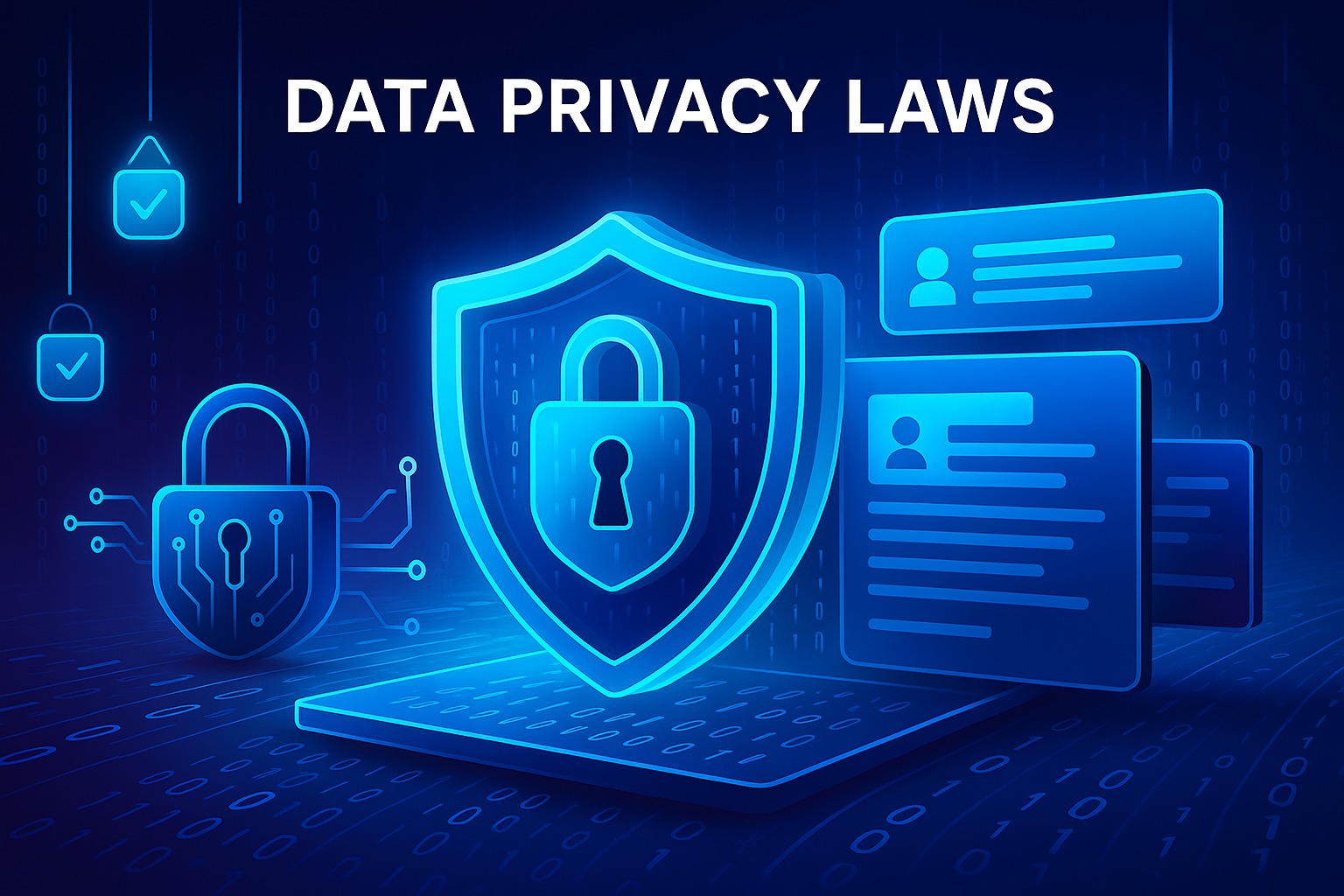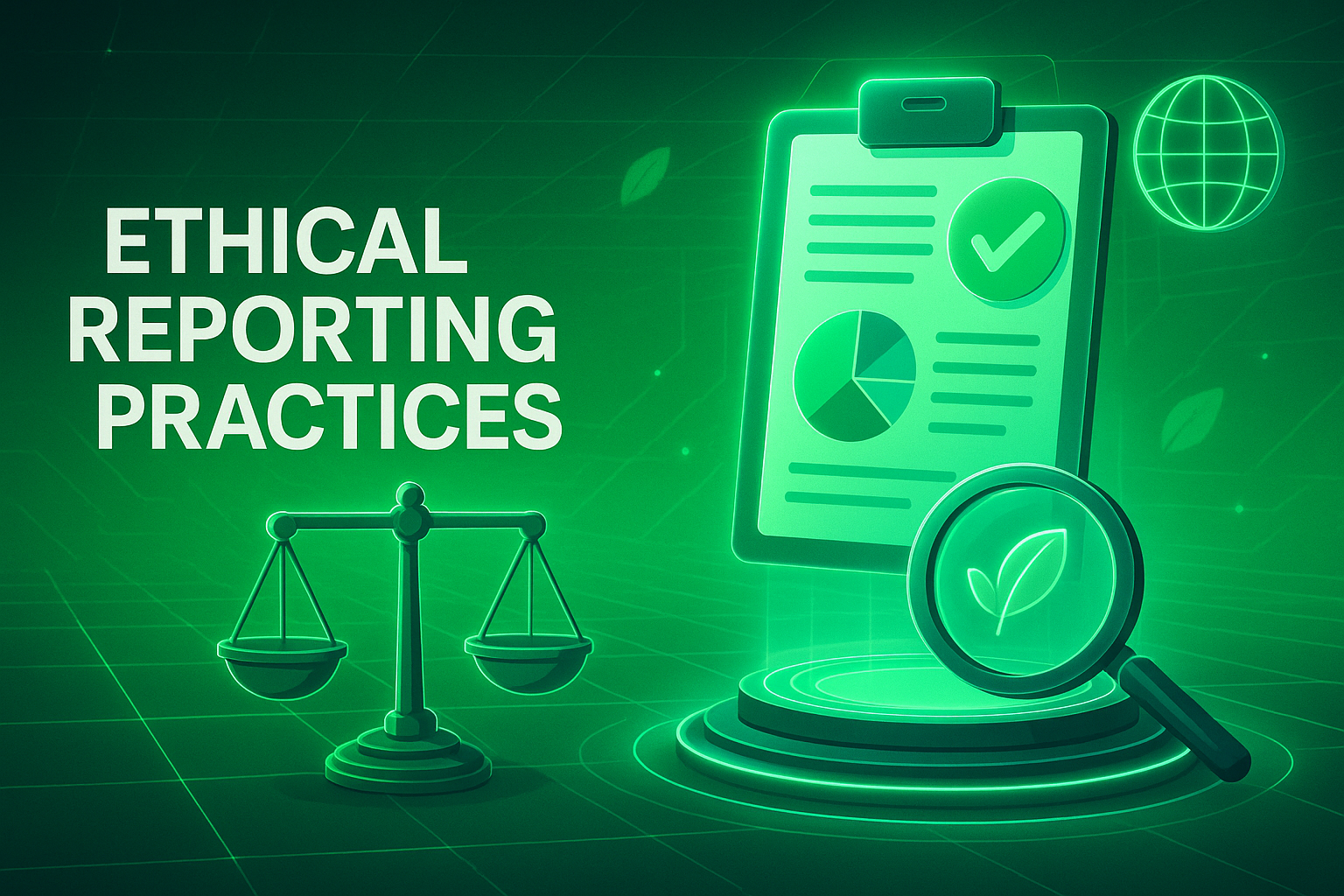Intellectual Property in Reporting
Key Takeaways
-
Intellectual property (IP) refers to copyrights, trademarks, patents, and trade secrets, all of which provide different types of legal protection for creative and innovative works.
-
Registering and monitoring your IP rights is an important step to protect valuable assets and avoid unauthorized use in the physical and digital worlds.
-
This is because strong IP practices spur business growth by underpinning brand identity, creating competitive advantages and attracting investment worldwide.
-
By keeping up with international IP treaties and adjusting protection strategies to emerging technologies like AI and blockchain, businesses can navigate the shifting landscape of IP law and address new challenges.
-
By thinking ahead about potential IP infringements and training your employees about IP laws, you can reduce your legal exposure to a minimum and reinforce your business ethics.
-
Smart contracts and punchy guidance, along with continuous audits, remain effective in IP management and compliant in different markets.
Intellectual property considerations encompass the laws and measures that protect ideas, creations, and brands from exploitation. These policies influence how teams collaborate, consume, and safeguard intellectual property in their daily activities.
Copyright, trademark, and patent rights all have key parts to play. For communities that create or consume online content, knowing these rights minimizes hazards and promotes equitable access.
The following sections summarize the primary types and their influence on entrepreneurial work.
What is Intellectual Property?
Intellectual property (IP) refers to the legal rights safeguarding creations of the mind. This includes inventions, books, music, designs, symbols, names, and images used in commerce. IP helps protect the work of inventors, artists, and businesses.

IP is split into two main groups: copyright and related rights, and industrial property, which includes patents, industrial designs, and trade secrets.
These rights champion creativity and innovation by allowing creators to govern and profit from their work.

International treaties and agreements, such as the World Intellectual Property Organization (WIPO) and the Agreement on Trade-Related Aspects of Intellectual Property Rights (TRIPS), establish frameworks that numerous countries utilize to safeguard IP across borders.

1. Copyrights

Copyrights secure original works of authorship. Think books, music, movies, art, software, and advertising. Copyright, for example, grants the author the right to determine how their work is utilized.
Copyright lasts for the life of the author plus 70 years, depending on the country. In the U.S., creators can register their work with the U.S. Copyright Office, but protection begins the moment the work exists in a fixed form. Copyright’s not forever, and everything doesn’t require permission.

Fair use lets you use a bit of copyrighted material without permission for purposes like education, journalism, scholarship, or commentary. While including a copyright notice is not required, it’s a good idea as it helps demonstrate ownership and warns others not to copy your work without permission.
2. Trademarks

Trademarks are any word, symbol, or design that distinguishes one company’s goods or services from those of another. They can be names, logos, slogans, or color schemes. Registering a trademark makes it easier to protect your brand and prevent other people from using similar marks.
Trademark rights get stronger with use. Owners have to keep using the mark and look out for infringement. Trademarks foster trust with consumers by indicating a product’s origin.
3. Patents

Patents grant inventors the ability to prevent others from producing, using, or selling their inventions. There are different types of patents: utility for inventions and processes, design for the look of a product, and plant patents for new plant breeds.
In order to receive a patent, you must demonstrate that the invention is novel, beneficial, and non-obvious. The USPTO examines patent applications. Conducting a patent search up front prevents lawsuits.
4. Trade Secrets
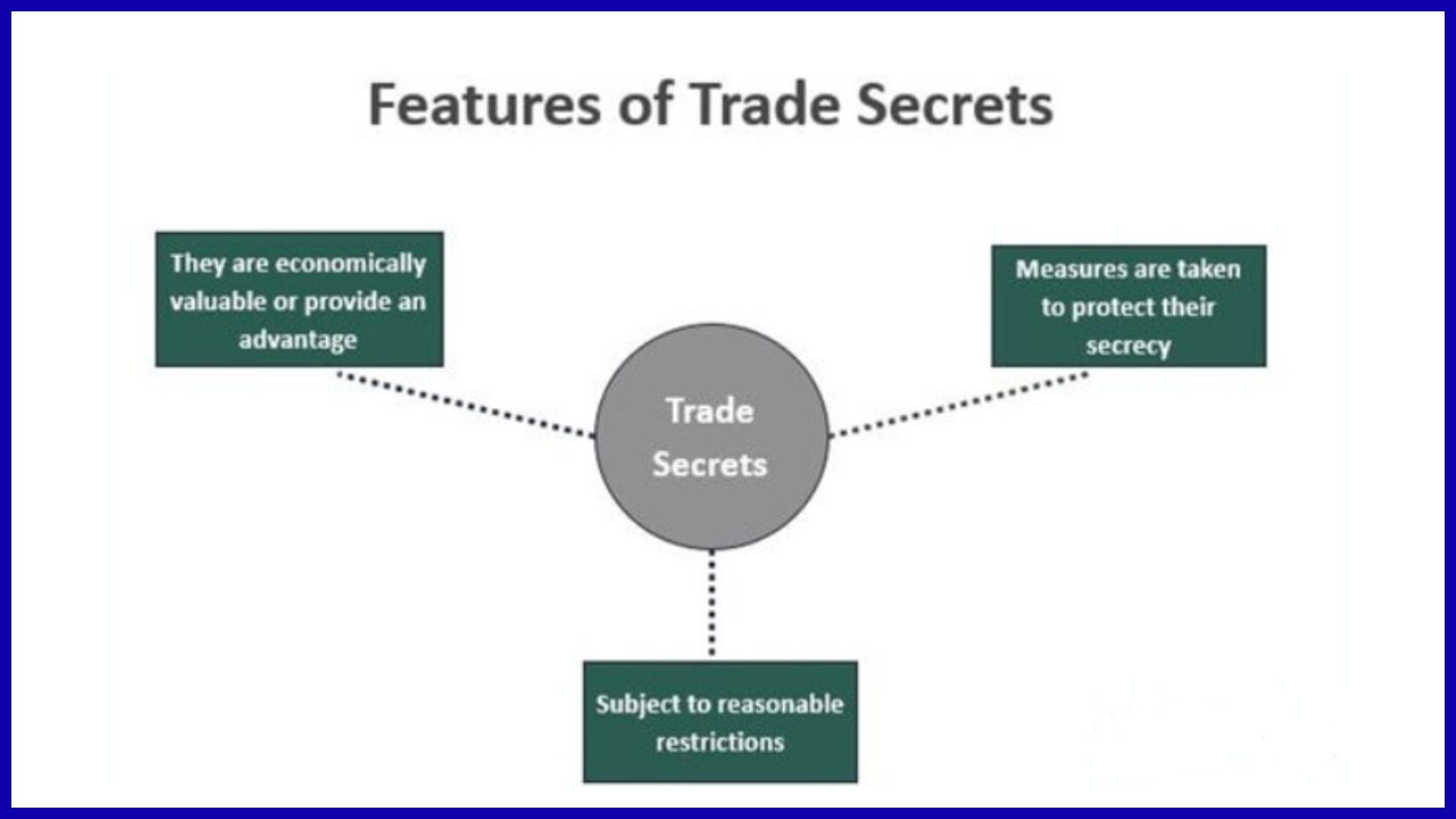
Trade secrets are business information kept under wraps to provide a business advantage. This could be recipes, formulas, or methods. Protecting trade secrets is a matter of non-disclosure deals or educating employees not to share secrets.
If someone steals or leaks a trade secret, a lawsuit can follow. Keeping secrets safe is key for companies to stay ahead.
5. Digital Rights
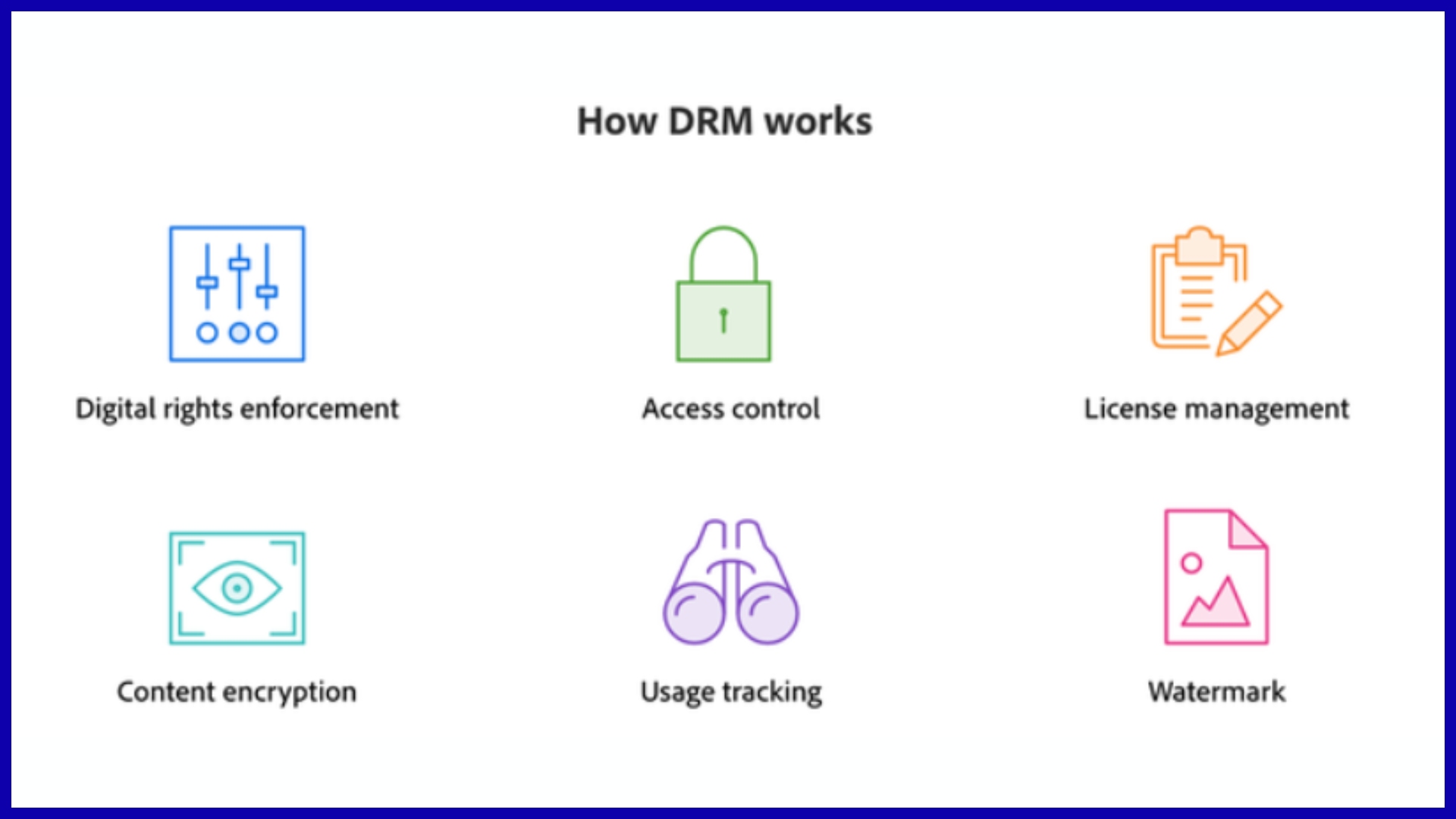
Digital rights management (DRM) is technology that controls how digital content is used. Online piracy and unauthorized sharing of content are significant concerns. Licensing deals help manage how digital works are utilized and keep it kosher.
Both engineers and consumers must learn something about digital rights in order not to transgress the bounds.
Why Your IP Matters

Intellectual property is the foundation of contemporary commerce, driving the economy and defining brands while creating sustainable competitive advantages. Understanding the importance of intellectual property protection can assist businesses in making wiser decisions about how to protect and leverage their intellectual property assets on both local and global platforms.
Economic Value

Your ideas aren’t just concepts—they’re valuable intellectual property assets. Intellectual property (IP), like patents, trademarks, and copyrights, plays a crucial role in intellectual property protection, helping businesses create new products, safeguard them, and feel confident investing in innovation. When companies know their work won’t be stolen, they’re more willing to fund research, which leads to jobs and growth.
Brand Identity

A strong brand is more than just a logo—it’s what customers trust. Trademarks, colors, taglines, and designs help people instantly recognize your business, functioning as your company’s personality. Intellectual property protection ensures that no one else can copy your brand or confuse your customers with lookalikes. Without adequate intellectual property rights, your identity could be diluted or stolen.
Competitive Edge

Having a solid intellectual property strategy gives you an edge over competitors by preventing potential infringement of your unique products, creative work, or trade secrets. Regularly conducting an IP audit ensures your IP portfolio is covered and up to date. Strong intellectual property rights can also boost your bargaining power—whether you’re negotiating a partnership, merger, or new deal.
Intellectual Property in Reporting
When it comes to business reporting, intellectual property isn’t just a legal checkbox — it’s a valuable part of your company’s story. Reports that highlight IP show stakeholders how your ideas, inventions, and brand assets translate into real business value. For many organizations, patents, trademarks, and copyrights make up a large share of their balance sheets, sometimes even more valuable than physical assets.
By including IP in reporting, companies can:
-
Show investors their strengths. A strong IP portfolio signals innovation and lowers investment risk.
-
Demonstrate brand protection. Reporting on trademarks and brand assets reassures customers and partners that your identity is secure.
-
Highlight competitive advantages. IP rights explain how you stand apart from rivals and why your products can’t be easily copied.
-
Support compliance. Many industries and international agreements now expect transparency about IP holdings and risks.
Good reporting also means being open about challenges — for example, noting how digital piracy or international enforcement issues may affect your assets. This transparency builds trust and helps decision-makers see the bigger picture.
In short, treating intellectual property as a reporting item makes your business look sharper, safer, and more forward-thinking.
Reporting IP as a Business Asset
When most people think of reporting, they picture balance sheets, revenue charts, and sales numbers. But intellectual property deserves a place in these reports too. Why? Because patents, trademarks, and copyrights aren’t just legal protections — they’re valuable assets that can make up a big portion of a company’s worth.
For example, tech giants often hold massive patent portfolios that give them a competitive edge. Even smaller businesses can boost their valuation by highlighting a strong trademark or unique trade secret in their annual or investor reports. By treating IP like any other asset, companies can show stakeholders the true value of their ideas, not just their products.
Including IP in reporting also sends a clear message: your business takes innovation and protection seriously. It reassures investors, customers, and even employees that the company is built on solid, safeguarded foundations.
You can leverage AI Reporting tools like KPI.me to make your business more credible.
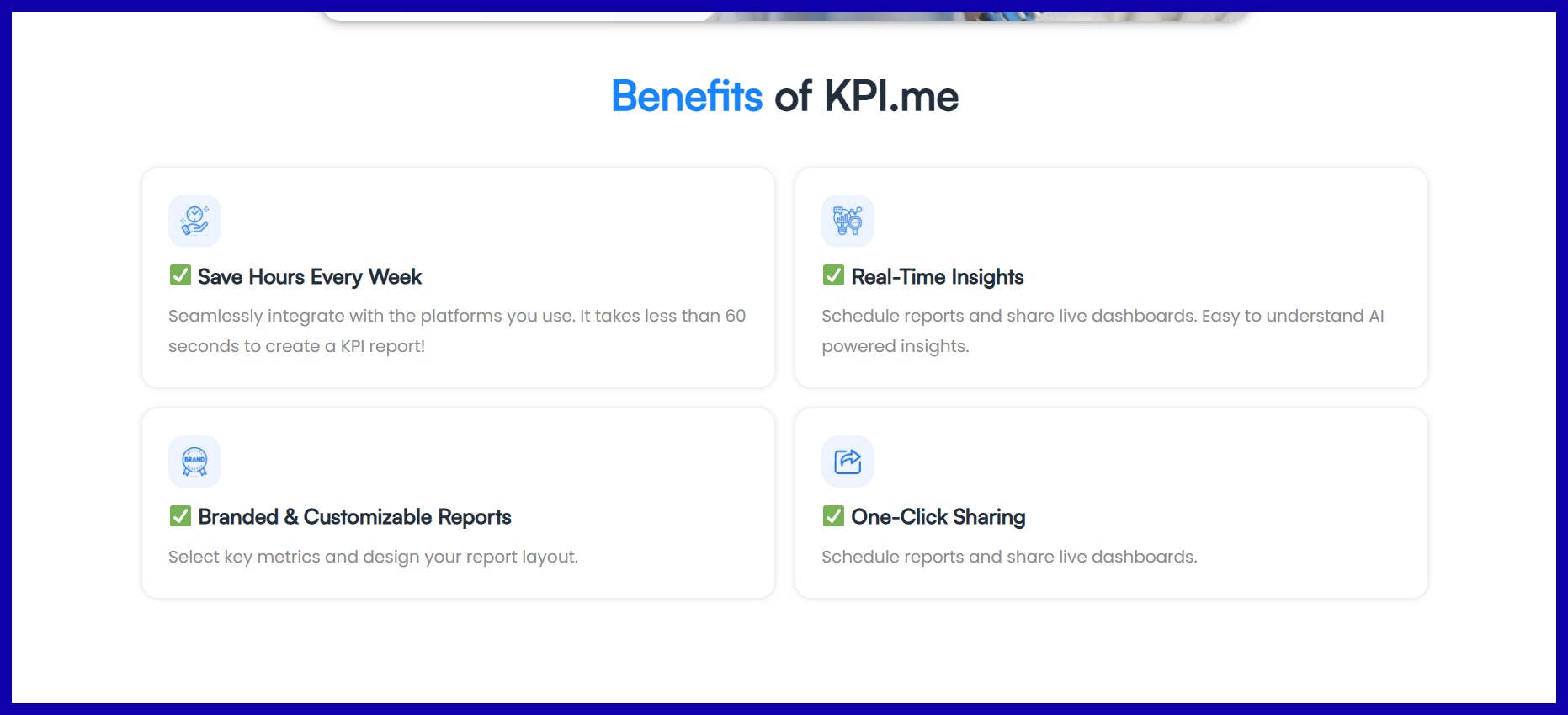
Navigating IP Infringement
IP infringement is when someone exploits somebody else’s rights, such as copyrights, trademarks, patents, or trade secrets, without authorization. This can result in lawsuits, expensive settlements or even sometimes criminal charges. Copyright, trademark counterfeiting, and patent infringement are the most common.

Knowing these types is important as infringement isn’t isolated to a region. Global commerce and digital platforms mean problems can cross borders, making enforcement trickier. A good IP landscape can help identify these threats before they turn into costly issues. Teaching your employees and stakeholders about your IP rights and the dangers of infringement is crucial, particularly for agencies and SaaS companies that depend on original content or branded assets.
Recognizing Violations
-
Monitor online marketplaces, e-commerce stores, and social media for unauthorized use.
-
Keep an eye out for duplicated content, fraudulent listings, or branding abuse.
-
Leverage automated tools and copyright tracking software for real-time alerts.
-
Document findings for evidence and further action.
Watching isn’t only legal, it’s smart defense. Copyright tracking software accelerates identification, helping you quickly identify replicated assets or counterfeit products across various jurisdictions. Remaining vigilant through periodic intellectual property audits and digital sweeps can allow teams to catch potential infringement early, minimizing the potential for a big battle.
IP in the Digital Age
Digital impacts the way individuals create, distribute, and consume intellectual property (IP). It accelerates the diffusion of art. This helps creators access new markets and audiences.

However, it introduces vulnerabilities. It’s easy to copy and share digital files. So, IP holders face hard battles with piracy and misuse. Laws such as the Digital Millennium Copyright Act 1998 attempt to assist, but these regulations are frequently behind emerging technologies.
The rise of e-stores and social sites makes it that much more difficult. Trademark infringement and copyright infringement can take place across borders in minutes. Companies require robust IP tactics. They’re compelled to adapt quickly, deploying tools such as automated content recognition and training staff to stay ahead of evolving threats.
AI and Creation
AI transforms the creation of intellectual property. AI can author articles, create art, or compose music with minimal human assistance. These blur authorship lines.

Who owns a song when an algorithm pens it? The engineer, the user, or the AI company? Current laws do not necessarily answer these questions clearly. We need clear policies.
Corporations typically utilize invention disclosure or assignment agreements. These assist in establishing guidelines for ownership when AI is used. Policy is not sufficient. We need continued conversation about ethics and the law.
As AI advances, the IP discussion will continue to shift, and everyone — artists, corporations, and politicians — needs to be involved.
Blockchain and Ownership
Blockchain can assist in anchoring IP claims. It acts as a digital ledger, noting each transfer or use of a work. This means ownership is auditable, and counterfeits are simpler to detect.

It can even help speed up and make transparent the royalty payments. Musicians can get paid every time their song is played, regardless of location. Still, attaching blockchain to legacy IP systems is hard.
Global Enforcement
|
Treaty/Agreement |
Purpose |
Key Features |
|---|---|---|
|
TRIPS |
Sets global IP standards |
Requires member countries to follow minimum IP rules |
|
Berne Convention |
Protects copyright globally |
Automatic protection, no registration needed |
|
Paris Convention |
Protects trademarks and patents |
Priority rights for international filings |
Global IP enforcement is complicated. Agreements such as TRIPS establish fundamental principles and assist nations in reaching consensus on norms. Not all locations provide equal protection.
This results in IP owners confronting inconsistent enforcement, which leads to additional revenue loss and increased piracy. Businesses have to learn these distinctions if they wish to safeguard their IP globally.
Knowing the global map of IP law will help you limit risk and defend your valuable assets.
Conclusion
To own and protect your ideas, strategies assist. Easy measures such as good documentation, early filing, and intelligent searches protect your efforts. Teams deploy these habits to prevent copycats and sidestep huge rights-related headaches. It’s complicated to share online, so fall back on solid guidelines and guard your information. In essays, cite your sources and acknowledge your influences. Small moves now lead to big wins later.
Need assistance monitoring or distributing your victories? Give KPI.me a shot. It keeps your data all in one place and enables you to demonstrate your worth with less angst. Start small, learn by doing, and keep it smart. Your concept can define what’s new. Let them be bold!
Frequently Asked Questions
What is intellectual property (IP)?
IP, or intellectual property, encompasses creations of the mind. Intellectual property laws are essential as they safeguard inventions and grant intellectual property owners exclusive rights to exploit and profit from their work.
Why is protecting intellectual property important?
Intellectual property protection safeguards your ideas or products from others using them without permission, encouraging innovation by enabling creators to capitalize on their work and investment, resulting in business expansion and a competitive edge.
What are common types of intellectual property?
The most common types of intellectual property rights are copyrights, patents, trademarks, and trade secrets, each guarding distinct types of assets such as literature, inventions, and proprietary information.
How can I avoid infringing on someone else’s IP?
Don’t use any content, inventions, or designs without researching existing intellectual property rights. By ensuring you have the necessary permissions or licenses, you minimize the risk of potential infringement on intellectual property protections.
What are some proactive strategies for IP protection?
If you can, register patents, trademarks, and copyrights to ensure robust intellectual property protection. Protect with NDAs and keep an eye out for potential infringement. Train your team on IP best practices and refresh your protection habits often.
How has digital technology changed IP protection?
Digital technology has accelerated opportunities and risks alike, making intellectual property protection crucial. It facilitates dissemination and duplication, meaning robust digital surveillance and modernized security instruments are vital for safeguarding intellectual property assets on the web.
Why include intellectual property in business reporting?
Covering intellectual property rights demonstrates the worth of intangibles and helps draw in investors. It shows good stewardship and can bolster legal protections in the event of conflicts.

